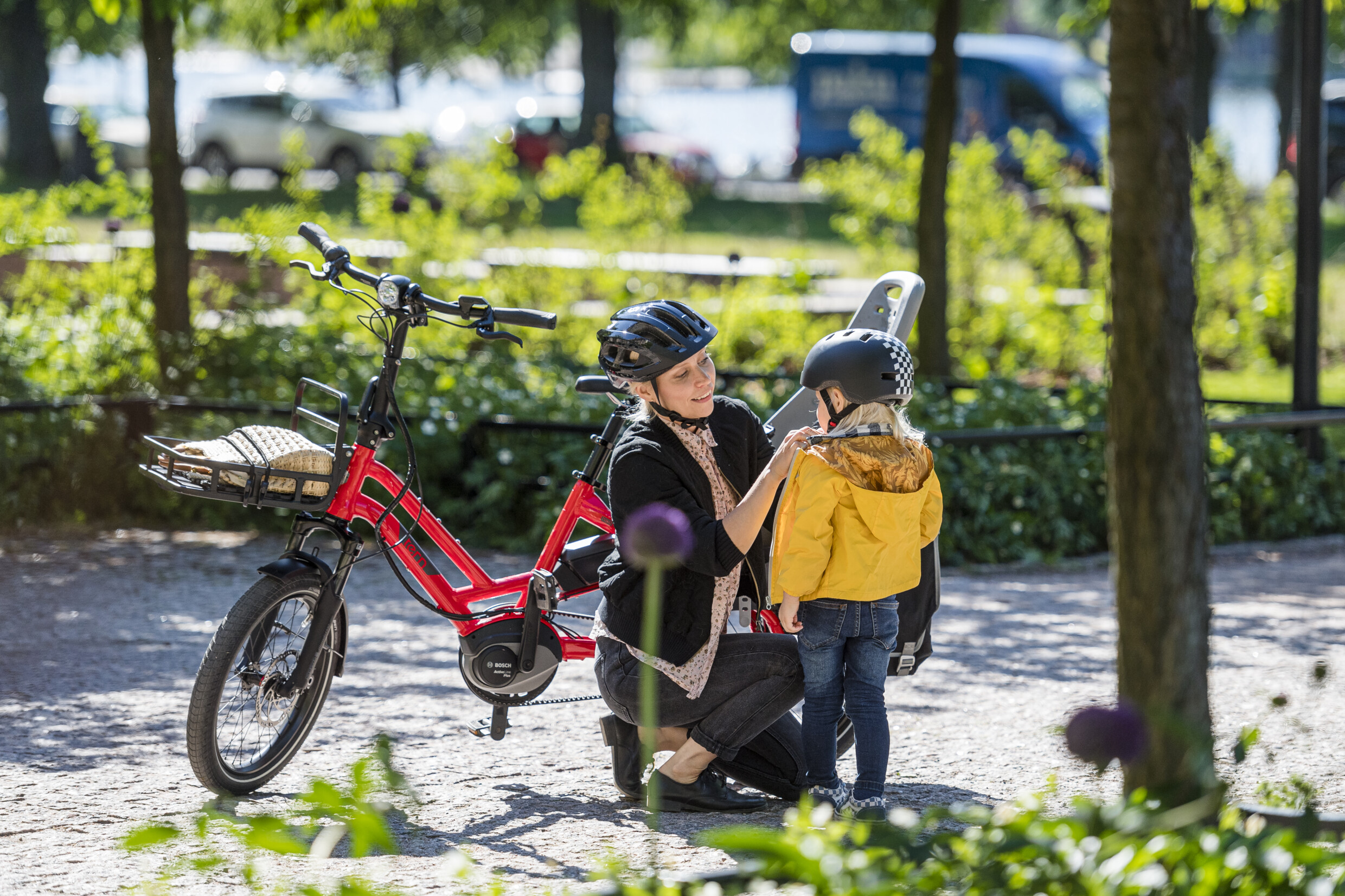
What is sustainable development?
Sustainable development means a constant and controlled process of societal change taking place globally, regionally and locally in cities and municipalities, the objective being to secure good living conditions for the current and future generations. Development cannot be sustainable if the finiteness and sensible use of natural resources are not taken into consideration in the process.
Read more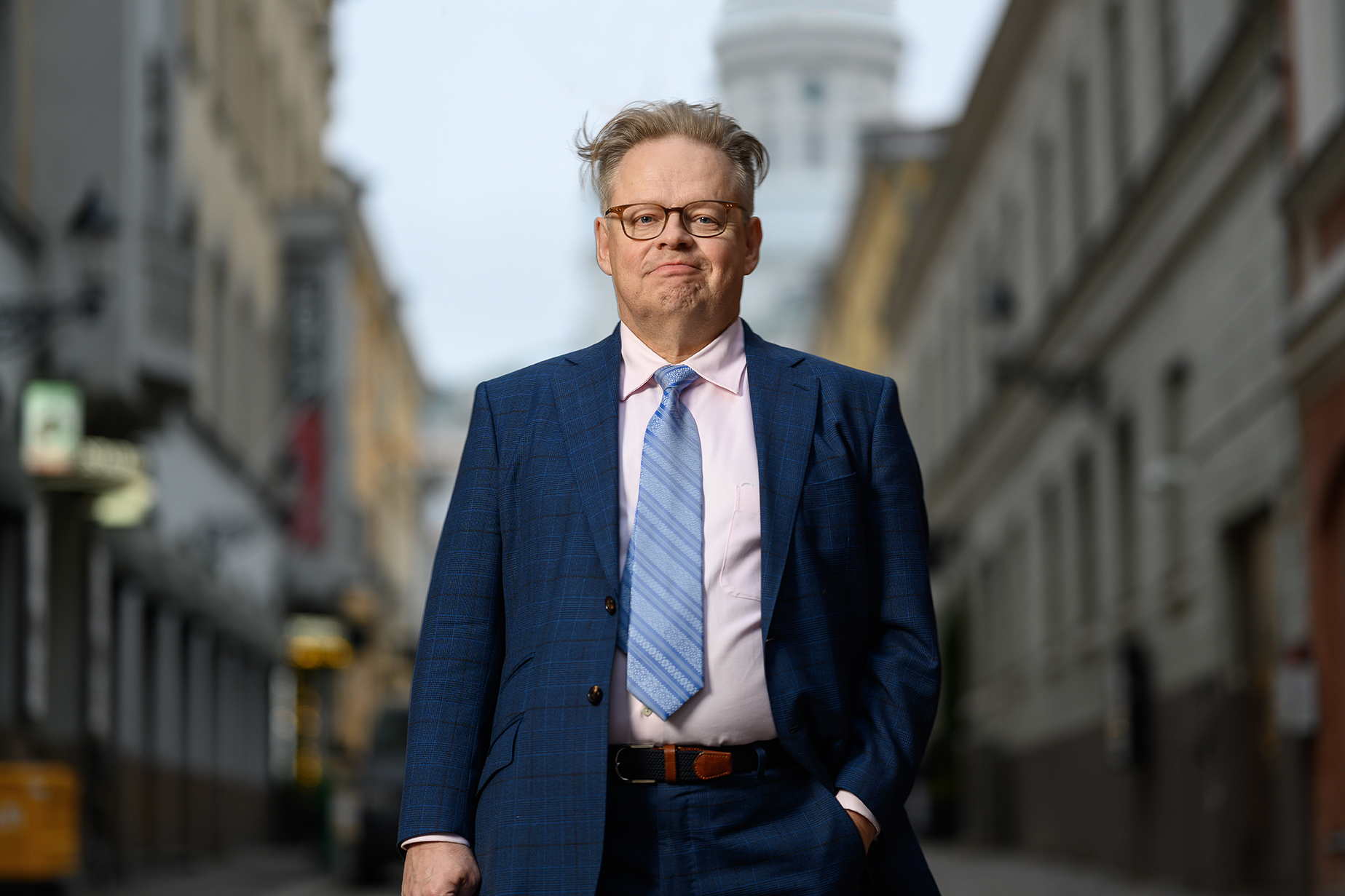
Sustainable Helsinki
Despite challenging conditions, Helsinki has been able to implement sustainable development objectives in its strategy. However, there is still plenty left to do. Read Mayor Juhana Vartiainen’s foreword for the 2025 Voluntary Local Review here.
Read more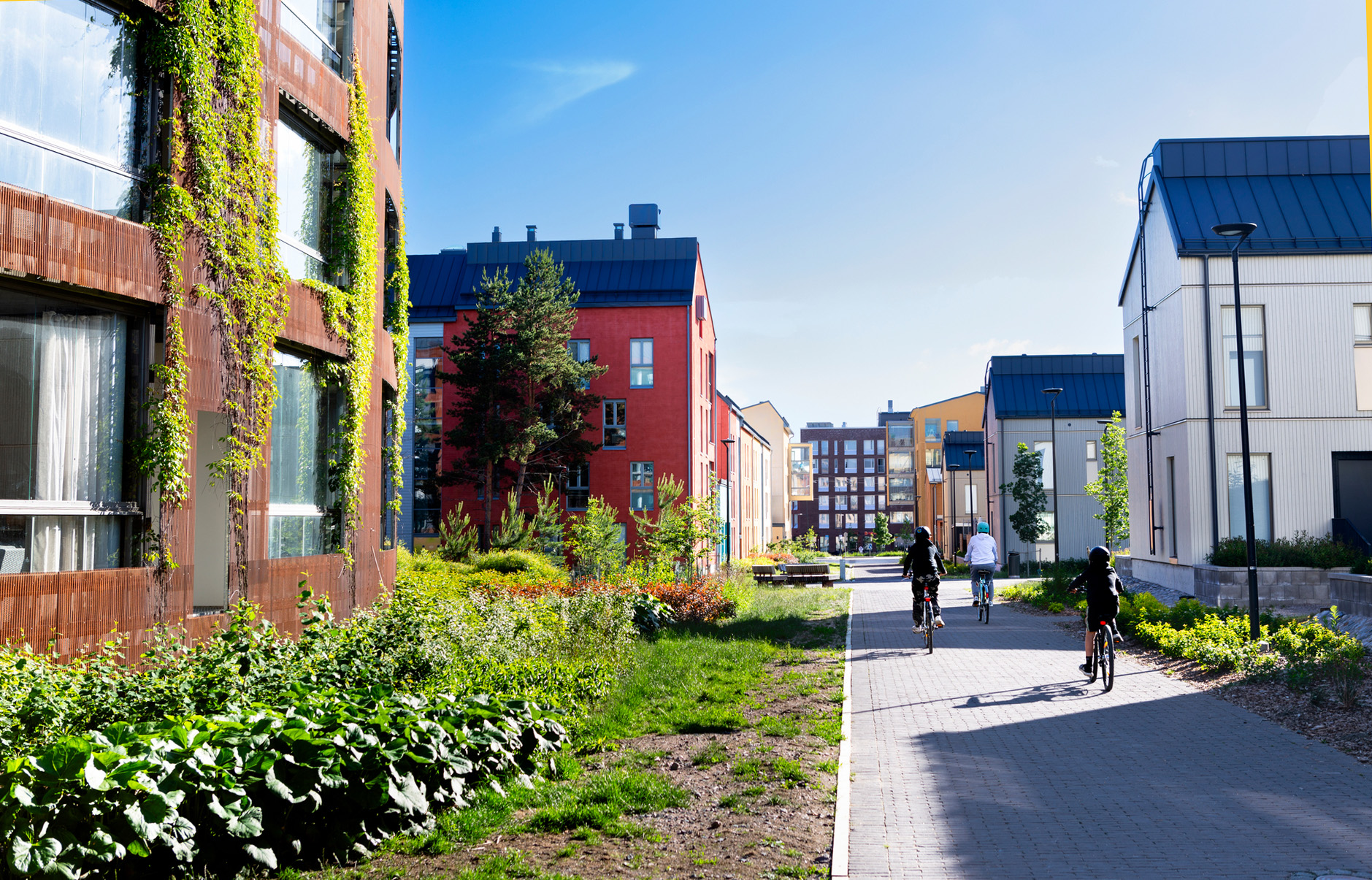
Voluntary Local Review 2025
The City of Helsinki’s fourth Voluntary Local Review was completed and submitted to the UN in 2025. The review is part of the information package for the final review of the City Strategy 2021–2025.
Read more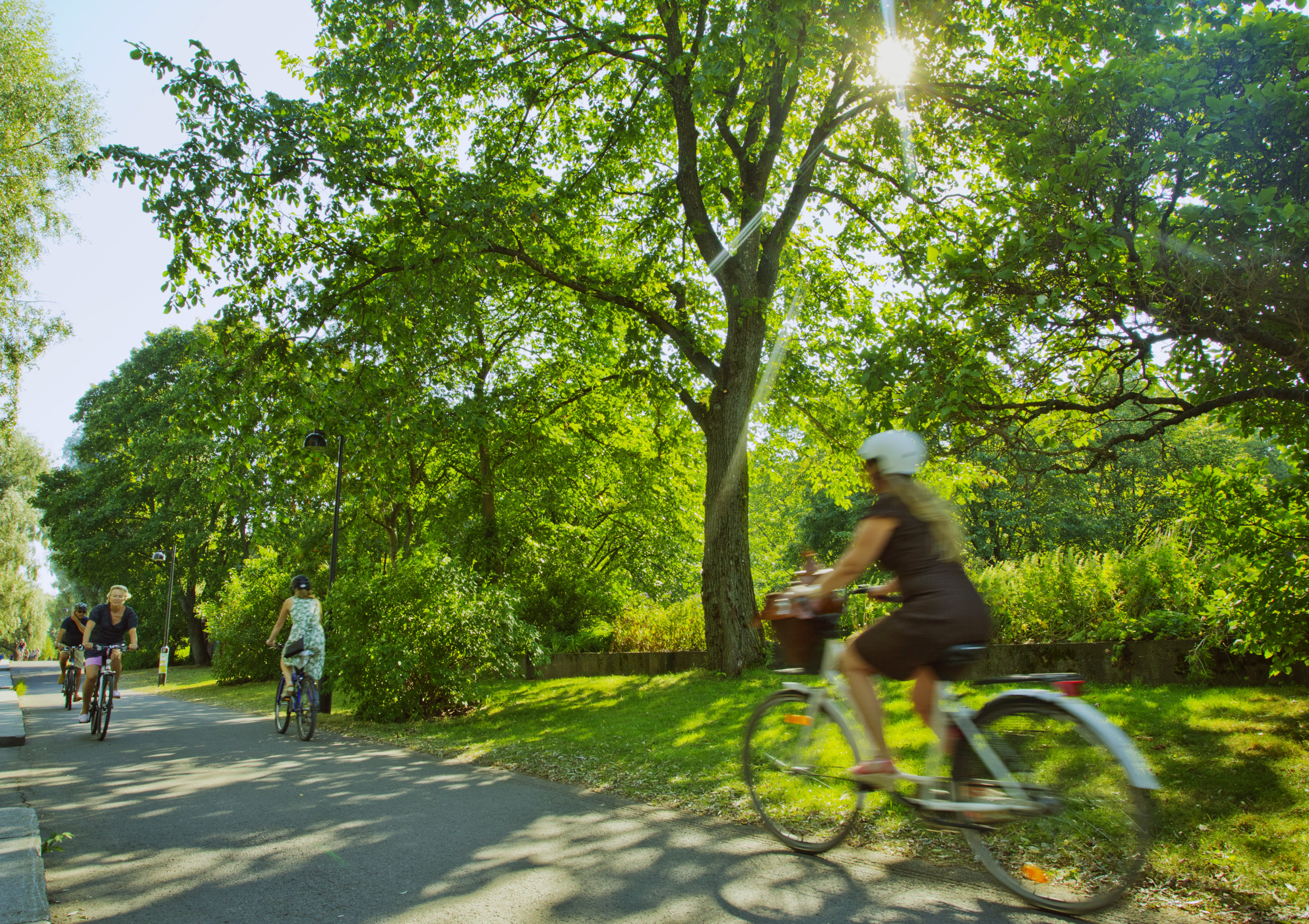
Voluntary Local Review 2023
The City of Helsinki’s third Voluntary Local Review was completed and submitted to the UN in 2023. The review was part of the mid-term review of the City Strategy.
Read more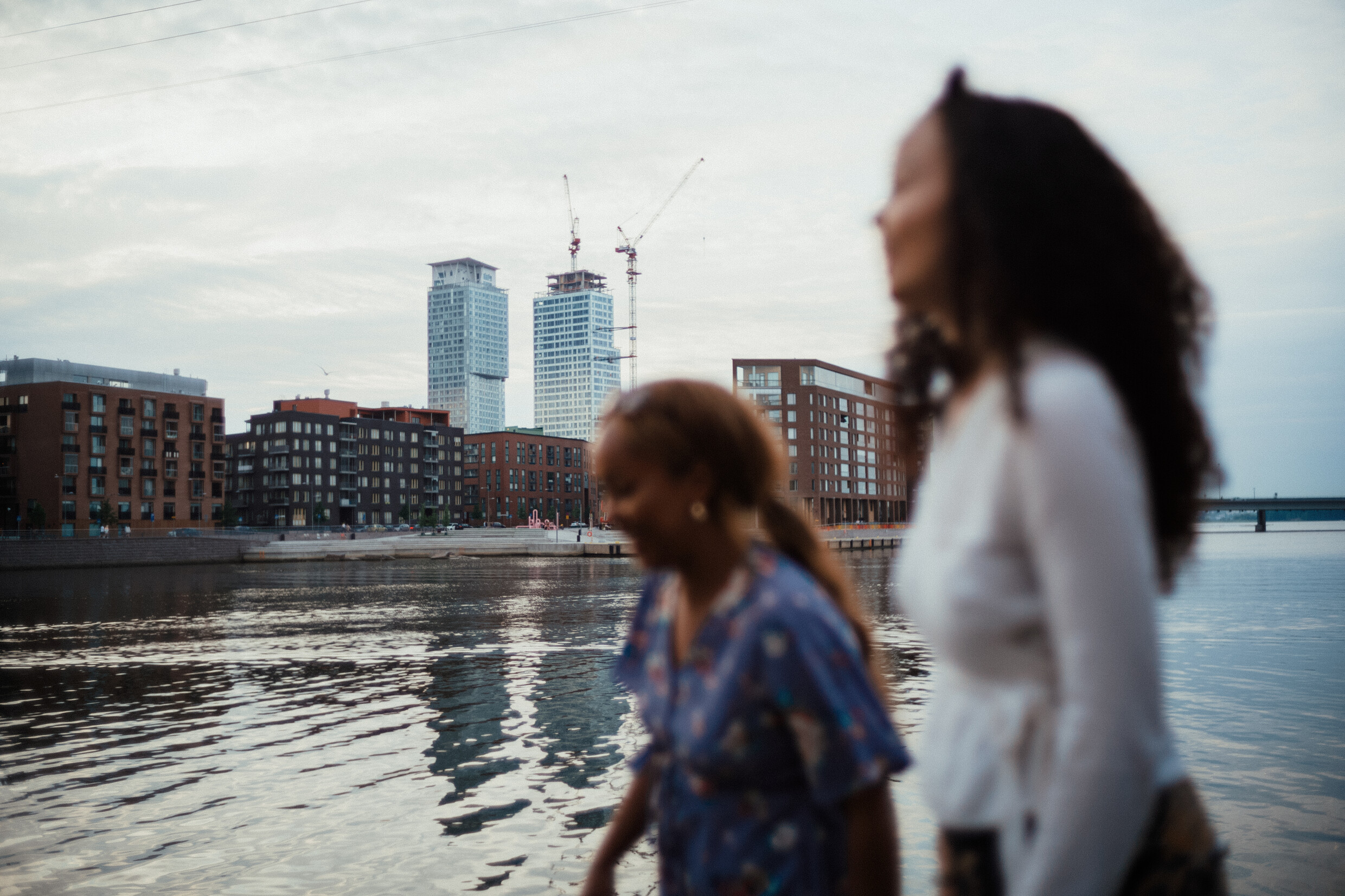
Helsinki’s reports to the UN 2019 and 2021
The City of Helsinki’s first Voluntary Local Review (VLR) of sustainable development was handed over to the UN in 2019. It described the Helsinki City Strategy 2017–2021 and its implementation in the SDG framework. The second report was published in 2021.
Read more